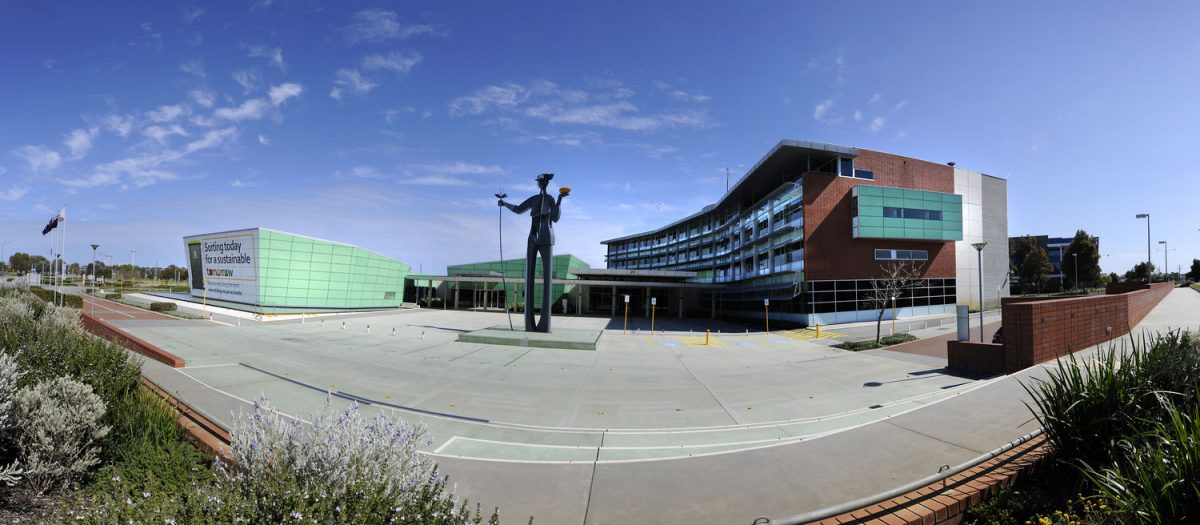Veev helped the City develop their Mobility Strategy and provide them with a 4-year direction and strategic roadmap in adopting new mobile technology.
The focus of the strategy was to identify the mobile technology needs of their 1,400 plus staff, enable them to deliver over 200 services more efficiently, and as an end result, successively improve their level of customer service.
The Problem
They came to us with a mobility strategy that was out of date and irrelevant to the current business model. With a low technology capability, their hardware and software was purchased as needed, resulting in additional purchasing and operational support costs, and infrastructure that required upgrading to support mobile technology.
Our Approach
Veev took our 4-stage approach to develop their new Mobility Strategy:
Stage 1: Project Initiation & Scope Definition
Stage 2: Requirements Gathering
Stage 3: Market Assessment & Procurement Process
Stage 4: Strategy & Business Case Development
The Objectives
Our aim was to:
- Provide a 4-year strategy and strategic roadmap to implement mobile technology;
- Establish an all-inclusive view of the organisations Business Requirements (functional, technical and non-functional requirements). We did this by consulting staff in all areas of the organisation;
- Produce a procuring process – We identified suppliers who can provide and implement suitable technology solutions, in addition to gaining an understanding of costs;
- Provide information to inform the upgrading of the organisation’s ICT infrastructure;
- Conduct a high-level financial and cost-benefit analysis;
- Prioritise the implementation of the technology solutions (in terms of ROI, business need, risk, urgency, cost and implementation period);
- Develop a high-level implementation plan or roadmap;
- Develop a high-level cost estimate over the 4-year horizon, supporting the annual budget approval process; and
- Develop a high-level business case to evaluate the viability of the required financial investment, which can be further developed and assessed on an ongoing basis.
The Outcomes
Ultimately the mobility strategy, and subsequent implementation of the technology at the City has:
- Ensured the approach taken to implement the technology is efficient and cost effective;
- Supported the organisation in the achievement of the Strategic Vision and Corporate Business Plans;
- Improved the organisation’s Mobile Technology capability;
- Realised significant efficiency, communication and cost savings throughout the organisation; and
- Empowered and enabled staff to increase their overall level of customer satisfaction, and deliver further the returns for the capital program planned for the near future.
